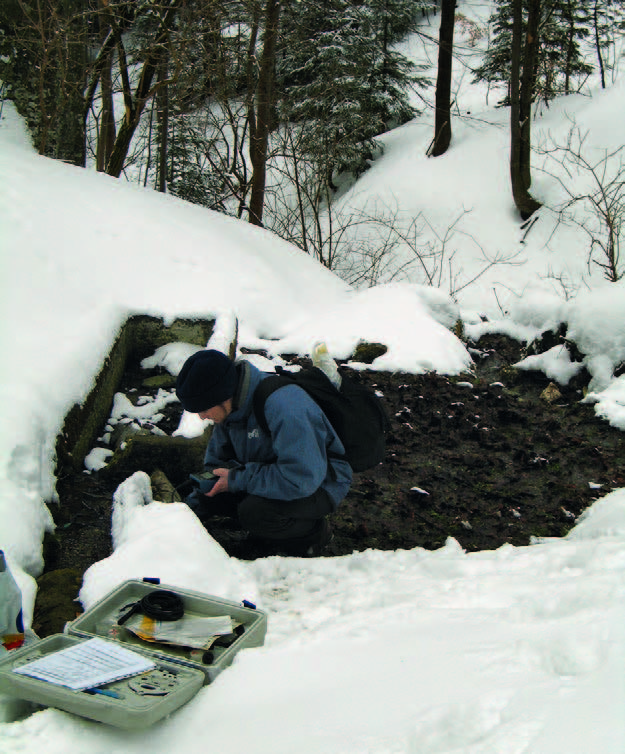Organic Carbon in Shallow Subterranean Habitats
DOI:
https://doi.org/10.3986/ac.v42i2.603Keywords:
dissolved organic carbon, epikarst, hyporheic, hypotelminorheic, seepage springAbstract
subterranean habitatsOrganic carbon is likely to be a limiting factor in shallow subterranean habitats (SSHs). Data on dissolved organic carbon (DOC) in three SSHs are reviewed: (1) hypotelminorheic and associated seepage springs (Nanos Mountain, Slovenia), (2) hyporheic zones (Rhône River, France and seepage streams on Nanos Mountain, Slovenia), and (3) epikarst (China, Slovenia, and USA). Hypotelminorheic habitats are superficial groundwater sites less than 1 m below the surface that exit from seepage springs. Hyporheic habitats are the underflow of streams and rivers. Epikarst is the uppermost zone of karst with extensive small cavities and channels. Nanos hypotelminorheic sites that harbored stygobiotic species had organic carbon values averaging 3.4 mg C L−1, and temporal variability was high. For hypoheic sites in the Rhône River basin and on Nanos Mountain, mean values ranged from 1.4 to 3.5 mg C L−1. In the more extensively studied Rhône River basin sites, temporal variability was low. Epikarst DOC ranged from 0.70 to 1.10 mg C L−1 in three caves in China (Shihua Cave), Slovenia (Postojna Planina Cave System) and United States (Organ Cave, West Virginia). These results suggest that organic carbon in aquatic SSHs is lowest in epikarst.
Keywords: dissolved organic carbon, epikarst, hyporheic, hypotelminorheic, seepage spring.
DOI: 10.3986/ac.v42i2.603
Downloads

Downloads
Published
How to Cite
Issue
Section
License
Authors guarantee that the work is their own original creation and does not infringe any statutory or common-law copyright or any proprietary right of any third party. In case of claims by third parties, authors commit their self to defend the interests of the publisher, and shall cover any potential costs.
More in: Submission chapter




